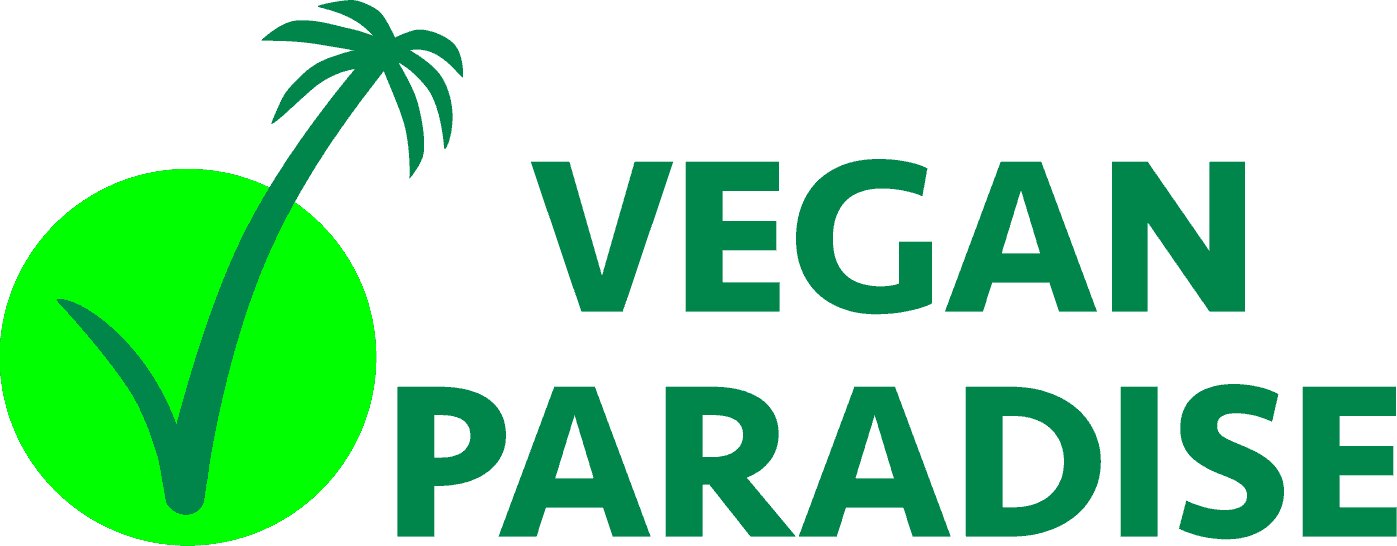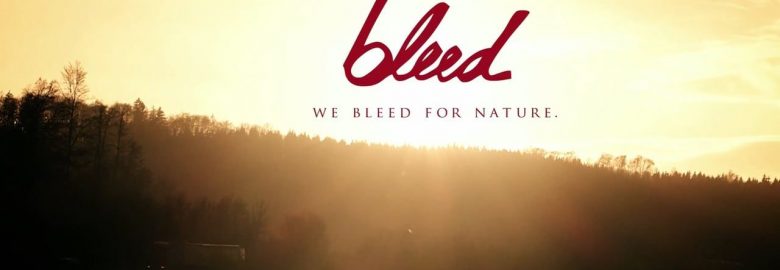bleed
Innovative materials, sporty cuts, eco-fair Production. we bleed for nature.
Vegan Clothing for Men & Women
No debt, 100% self-sufficient and with sustainable growth, “bleed” – a real family business.
As a small family establishment, we are working to fulfil our ambition of producing; well designed, high quality, vegan products using sustainable resources and production methods. We are also committed to supporting our local region by creating jobs and working in co-operation with local companies and those with similar aims to ours in relation to maintaining the environment and not without causing harm.
Every customer is important to us and we want to thank all of you who are wearing our clothes, by doing so you support our environmental objectives and our independent brand.
You are the reason why we are still here, you are the best!
Organic
From growing to the further processing, all the natural materials like organic cotton, hemp or linen, that we use for our collections, are subject to the GOTS standards. That means: without the use of any harmful chemicals. We neither use herbicides or pesticides during the cultivation, nor chromium, heavy metals and formaldehyde in the dyeing process. Only certified, non-toxic and environmentally harmless colors are used. The same applies for finishing the shirts, sweaters, trousers and so on. It´s completely organic.
GOTS-Certified

What started as a „green” trend finally became a way of living. Of course that is a positive, but it is also often exploited, and can be misrepresented. By using descriptions like “naturally” or even “sustainable” and wrapping everything up in green packaging, customers are made to believe they are buying organic products.
That’s why we need independent bodies, which can finally provide some clarity on the products and production methods so people know exactly what they are getting. So we decided to verify all steps of our production by different certifications – depending on the used materials – this guarantees both, a strict control of the basic materials, as well as a regular check-up on the suppliers.
Vegan

Whether the vegan diet, or a vegan production, it always means the absolute abstinence of animal materials such as leather. Instead we are using the bark of the Portuguese cork tree for our accessories, patches and other products, it is just as sturdy as leather and furthermore has a special look and feel. But do you know what´s actually the best about it? No cow or other living being has to suffer. We also don’t use silk, since the mulberry caterpillars are boiled alive in their cocoons or get killed in hot steam during the production.
Also sheep do not only live a miserable life, but are often also victims of the so-called tail docking. When the tails of the animals and the skin around it are cut off– without the use of any anesthesia – so they don’t have to deal with any fly infestation. Last but not least we also abstain from using buttons or other accessories made out of horn, as well as mother of pearl , which is produced from molluscl shells.
But unfortunately the pure abstinence of animal substances is not enough, since the abuse of animals runs through the entire production chain. It already starts with the cultivation of regular cotton, which is accompanied by the use of fertilizers, as well as herbicides, pesticides and fungicides. These substances do not just sicken animals and humans, but are often even tested on animals. These toxins pollute our environment, befoul the air and the groundwater, and through our clothes we even absorb them via our skin.
But we decided to take a different path. 100% Eco 100% Fair 150% Yeah – and even „vegan approved“ by PETA. So not only have we abandoned the use of any animal materials, but we are also using pure and organic fabrics, such as cotton or hemp. That means: no use of any toxic chemicals, less water consumption compared to regular cultivation and fair working conditions. And since our resources are still picked by hand, also no animal gets hurt by reapers.
Fairly produced
Talking about organic and fairly produced fashion, you often hear terms like German or European production. But we don’t think that not using production from low-income countries is the right way of doing it. That´s why we produce 80% of our goods in Europe and the remaining 20 % in Asia. Because the people over there really do a great job, just the working conditions must be right. To ensure that everything runs fairly, our production facilities have to pass regular and unannounced inspections, as part of our GOTS – certification. This guarantees a regulated work schedule and a fair wage.
Recycled materials

About 430 million liters of crude oil are consumed daily in Germany alone. The highest quantity is of course used as a fossil energy source and as fuel, but the rest is used in the production of plastics and thus also textiles. To stop this enormous usage of crude oil and also to reduce the energy consumption as well as the CO² emissions, we only use recycled materials. Due to their exceptional environmental friendliness, these Sympatex-fabrics, we commonly use for our functional jackets, are awarded with the ÖkoTex Standard 100, as well as the Bluesign certificate.
Upcycled materials

For the first time in spring/summer 2016, we are presenting new outdoor collection, made out of 100% upcycled materials. This means, we only use remnants from the textile manufacturing, which due to the low quantity cannot be used-in the regular production. Tons of high-quality textiles are discarded annually.
But this is where we come into play and use those materials like organic cotton, TENCEL® and recyclable, pollution-free polyester for our functional outdoor collection, which is produced in cooperation with well-known manufacturers such as Sympatex. Therefor our jackets and hoodies are water-resistant, breathable and also windproof and offer – supported by intelligent cuts – mobility and wearing comfort. With this outdoor collection we proove, that upcycling products can be just as functional, good looking and of as high quality as conventional goods.
Cork
We’ve been impressed by cork as an alternative to leather for many years. The raw material is obtained from the bark of Portuguese cork trees. The tree doesn’t have to be felled to obtain it, just the bark has to be peeled. This grows back again the following year and absorbs CO2. So using this material helps to preserve the cork tree forests and increase the absorption of CO2.


